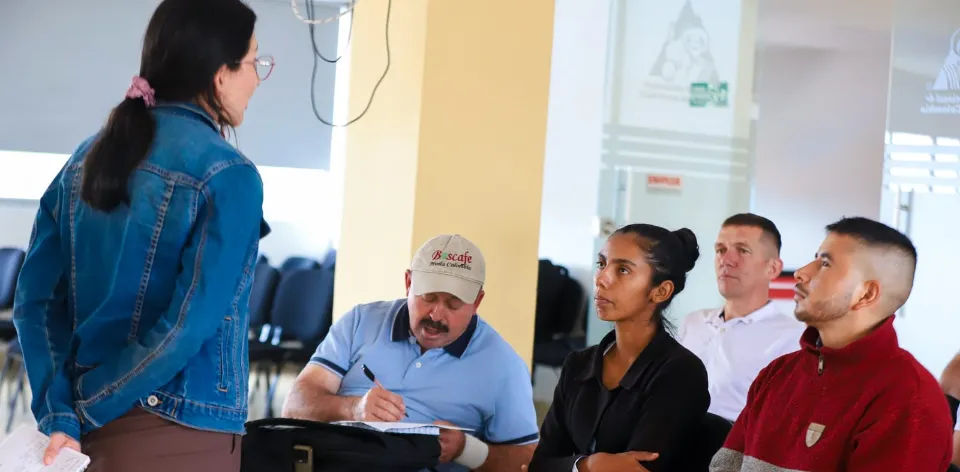 27/6/2024
27/6/2024
Agropecuary Landscapes Have Productive, Ecological, and Economic Realities

UPRA has already published the "Chart of Family Agriculture Cocoa Landscape in the Acacireño Piedmont" and the "Chart of Livestock Landscape in the Floodplain of Paz de Ariporo".
Bogotá D. C., (@UPRAColombia, @claudialili76). Agropecuary landscapes are the result of interaction between human groups and nature, mainly through agricultural, livestock, aquaculture, fishing, or forestry activities over time. In the Agricultural and Rural Planning Unit, this concept has been worked on since 2016, and there are already a series of products published.
Nancy Aguirre, who is part of the Agropecuary Landscapes group at UPRA, stated, "We understand the agropecuary landscape as a construction between humans and nature; both must exist for it to emerge, develop, and be built over time, as an agropecuary landscape. Therefore, it is secular and is part of the sense of identity and belonging of those who inhabit it."
Additionally, Aguirre emphasized that the agropecuary landscape "has different realities; some productive, but it also has ecological, social, and economic aspects that must be recognized within them, and that manifest over time." One of its particularities is that these landscapes can be built in a year or five years, or they can take more than a century, like many agropecuary landscapes identified in Colombia.
UPRA Works on Identification
"UPRA has been innovative in including the concept of 'agropecuary landscape' in territorial planning and organization for the sector. We first work on the notion, constructing our own definition that considers what an agropecuary landscape is. Additionally, identifying policies, binding regulations for this concept, and thus making the option of this concept, planning, and organizing our sector viable," Aguirre assured.
After work that began in 2016, the Agricultural and Rural Planning Unit understood that there are supramunicipal landscapes; meaning they extend beyond the boundaries of a single municipality and can be in various territories or even departments. For this reason, they are working on a catalog instrument of agropecuary landscapes, applicable at the departmental, regional, and national levels.
The first pilot of this catalog is being conducted in the department of Huila. However, on the entity's website, other elements of this collection are already available: 'Chart of Family Agriculture Cocoa Landscape in the Acacireño Piedmont' and the 'Chart of Livestock Landscape in the Floodplain of Paz de Ariporo'.

